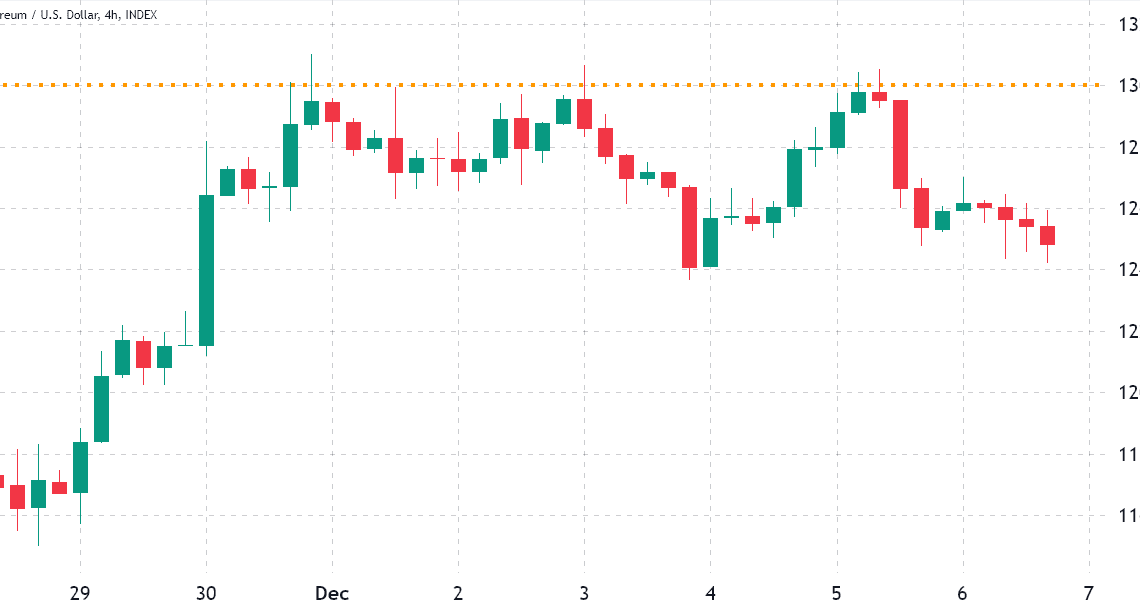Ether (ETH) rallied 11.3% between Nov. 28 and Dec. 5, peaking at $1,300 before facing a 4.6% rejection. The $1,300 resistance level has been holding ground for twenty-six days and is the most likely explanation for the correction to $1,240 on Dec. 6.
So from one side, traders are relieved that Ether is trading 16% above the $1,070 low reached on Nov. 22, but it must be frustrating to fail at the same level the entire week. In addition to the price rejection, investors’ mood worsened after three members of the United States Senate reportedly requested information from Silvergate Bank regarding its relationship with FTX.
The lawmakers raised questions after “reports suggesting that Silvergate facilitated the transfer of FTX customer funds to Alameda” and gave the bank until Dec. 19 to issue a response.
On Dec. 5, NBC News reported that Silvergate claimed to be a “victim” of FTX’s and Alameda Research’s “apparent misuse of customer assets and other lapses of judgment.”
Newsflow remained negative after the Financial Times reported that the United Kingdom Treasury is finalizing some guidelines to restrict cryptocurrency sales from abroad. The changes would enable the Financial Conduct Authority (FCA) to monitor the crypto companies’ operations in the region. The guidelines are being prepared as a part of the financial services and markets bill.
Investors are afraid that Ether could lose the $1,200 support, but as highlighted by trader CashMontee, the S&P 500 stock market index will be the key — but for now, the “market too bullish.”
nah market too bullish I think. As long as spx stays up so does crypto. Monthly level at 1205 that i think will be tagged after but we didn’t take enough liquidity on eth yet to fall back down but of course could be wrong
— CashMontee (@CashMontee) December 5, 2022
Let’s look at Ether derivatives data to understand if the bearish newsflow has impacted crypto investors’ sentiment.
Slight uptick in bearish demand for ETH futures’ leverage
Retail traders usually avoid quarterly futures due to their price difference from spot markets. Meanwhile, professional traders prefer these instruments because they prevent the fluctuation of funding rates in a perpetual futures contract.
The two-month futures annualized premium should trade between +4% to +8% in healthy markets to cover costs and associated risks. Thus, when the futures trade at a discount versus regular…
Click Here to Read the Full Original Article at Cointelegraph.com News…
